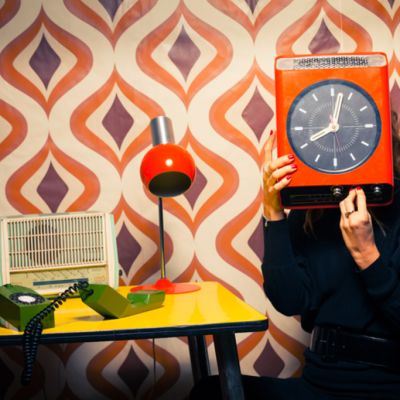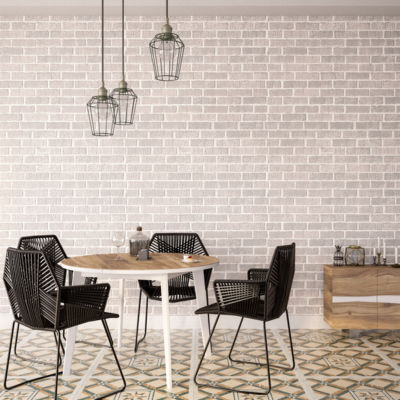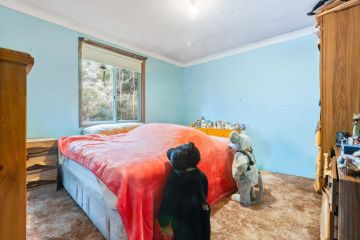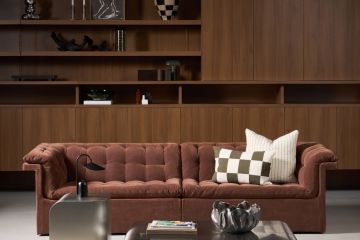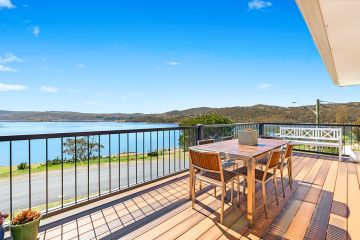How to add colour to any room in your home

Do you know what your favourite colour is? Ask a kid that same question, and the answer is instant and unwavering. As adults, we may have forgotten that an allegiance to a certain shade was symbolic of so much when were young.
Declaring a favourite colour was our way of defining ourselves and telling the world what we were about. We requested everything – outfits, bedroom walls, pencil cases, birthday-party decorations – in our chosen chroma. Our hero hues made us happy, even though we were likely to move on to another colour within a month’s time.
Fast-forward to our adult years, and we no longer spend time discussing our favourite colours. Sadly, our personal spaces often lack direct reference to the colours that make us joyful.
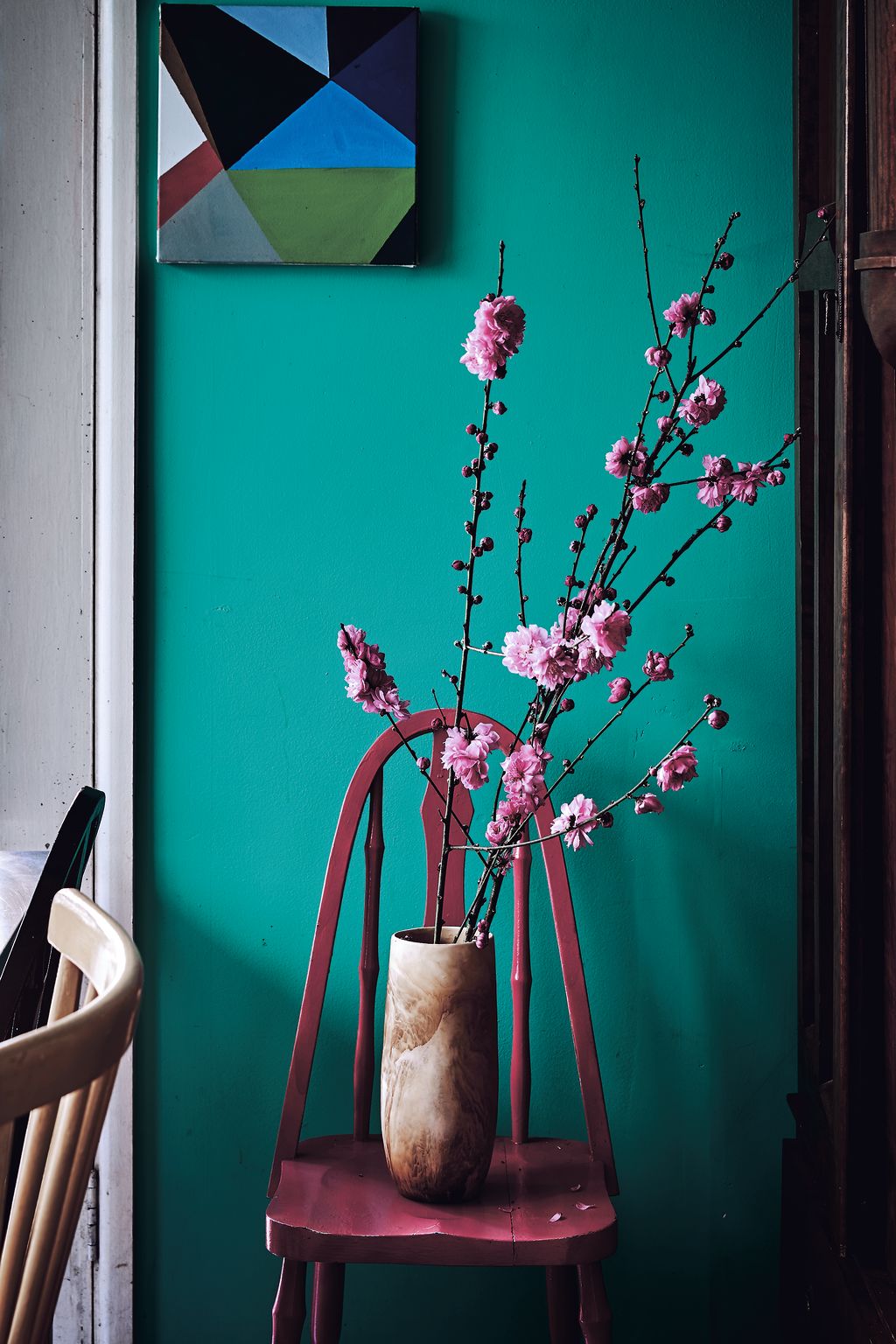
The thing is, we make decisions every day that unconsciously highlight and reinforce the palettes to which we are naturally drawn. From the clothes in our wardrobe to the food we put on our plate (and heck, even the plate itself), our choices about colour continue to tell the story of who we are.
If our homes work best for us when they reflect what makes us happy, secure and comforted, then shouldn’t we try to inject our own colour palette into the space?
Most interior stylists and designers will tell you that working with colour is the most immediate way to change the mood of a room. Countless articles, workshops and textbooks have delved deep into the technicalities and nuances of colour, breaking the complexities down into rules and prescriptive palettes, and often not leaving room for creative interpretation.
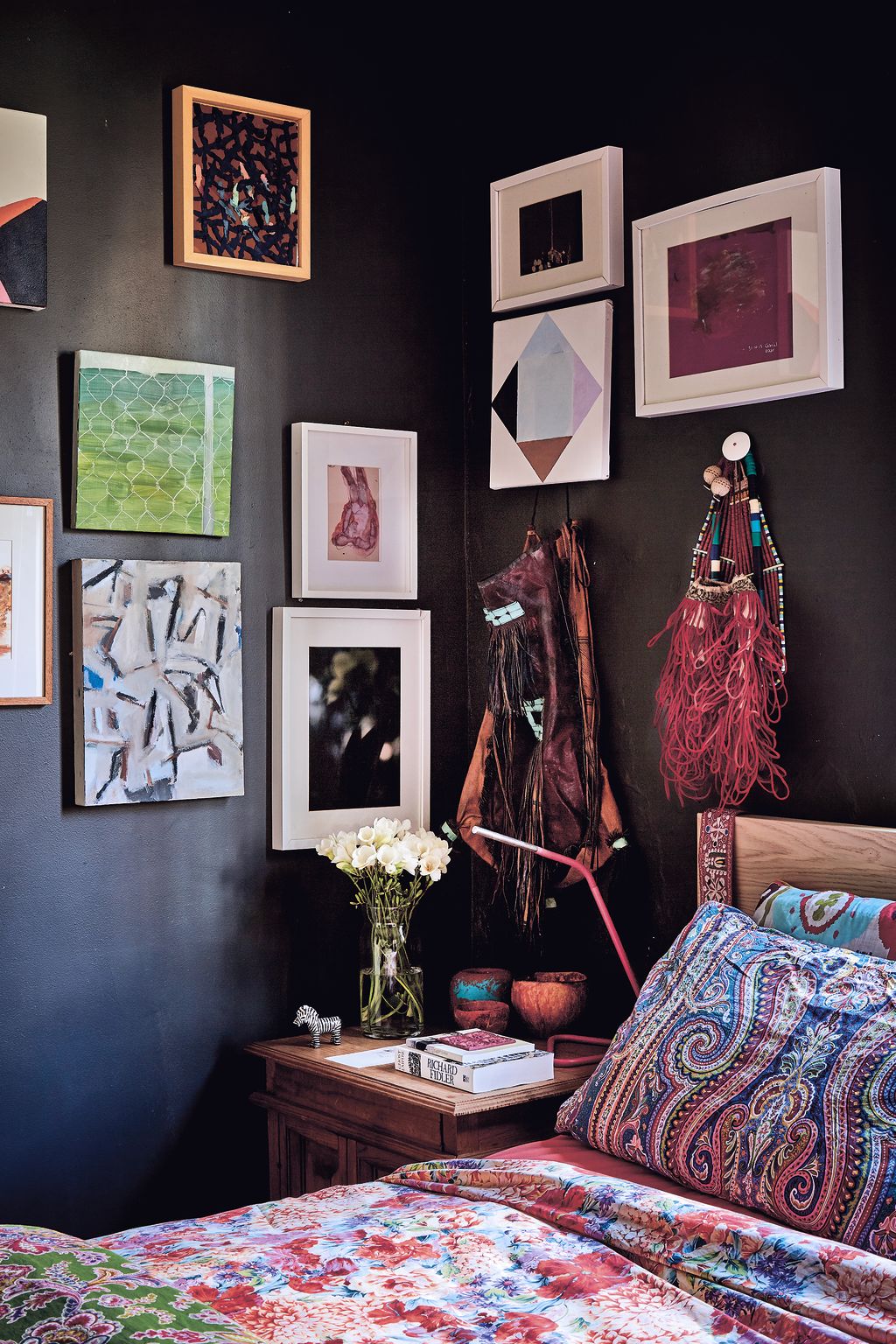
It can be a daunting and stifled way to learn about something that is so personal. It’s no wonder that lots of adults are afraid to play with colour in their homes – they’re too scared to jump in and express themselves with paint and decor, fearing that they will get it “wrong”. When it comes to colour, however, it isn’t so black and white.
We all have primal, physiological responses to certain colours that we can’t control. High-energy reds get the heart racing, while soft blues slow us down. We also have very individual thresholds when it comes to how much colour we can take before nausea sets in.
Some people love the feeling of being enveloped in a colour-saturated room, while others would prefer to spend their time in a colour-neutral space.
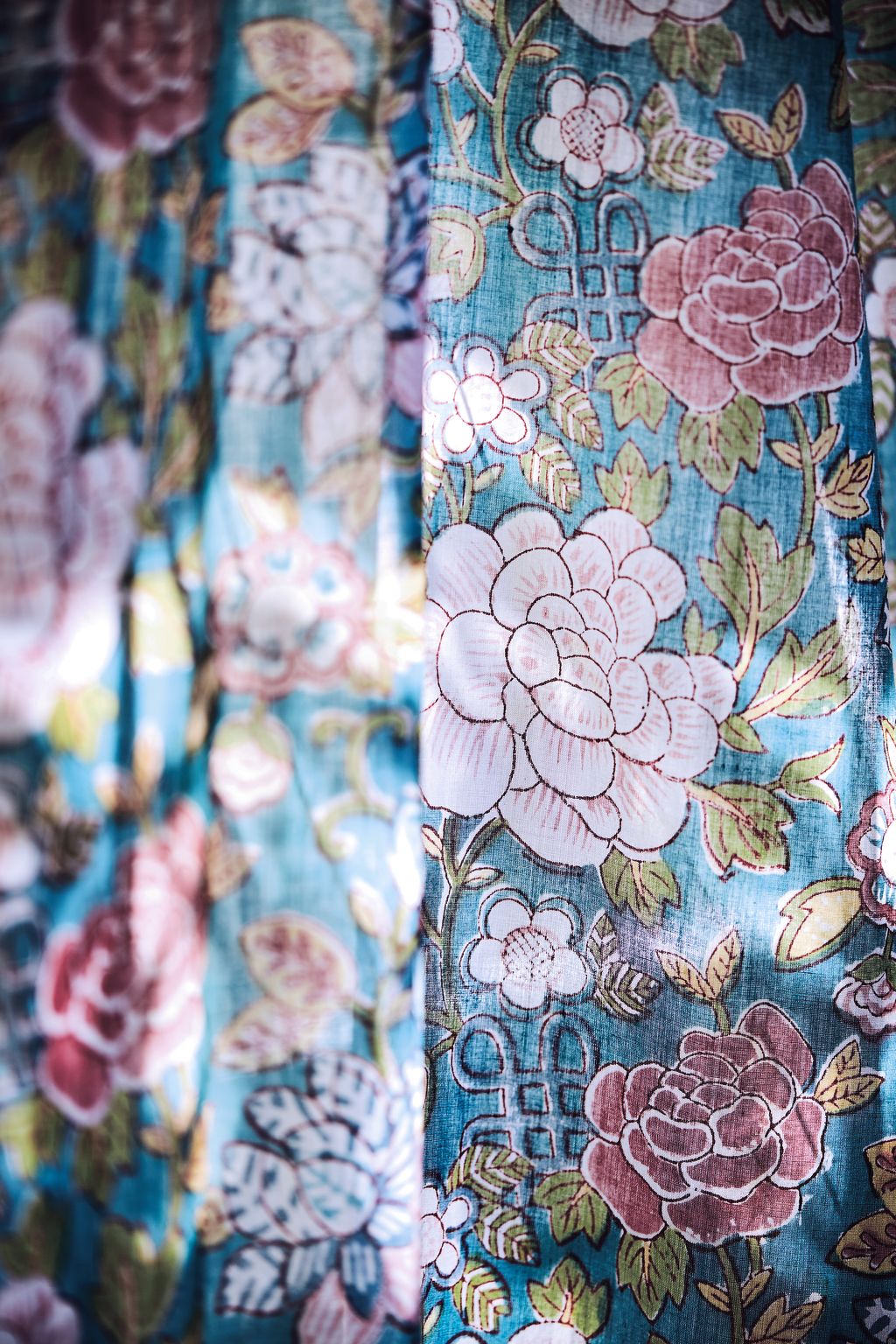
Our perception of a colour is tinted by our own life story and learned associations. All our memories, positive or negative, will have a connection to colour in some way: the school uniform that was begrudgingly worn, the facade of a crumbling building admired on an exotic holiday, the walls of the dentist’s waiting room.
It is these fragmented moments that form our preferred colour palettes.
We should unapologetically colour our home environments in palettes that are unique to us, in ways that mean something to us. We need to spend a little time thinking about the colours that give us joy, just as we would have done as bright-eyed young things in the school playground.
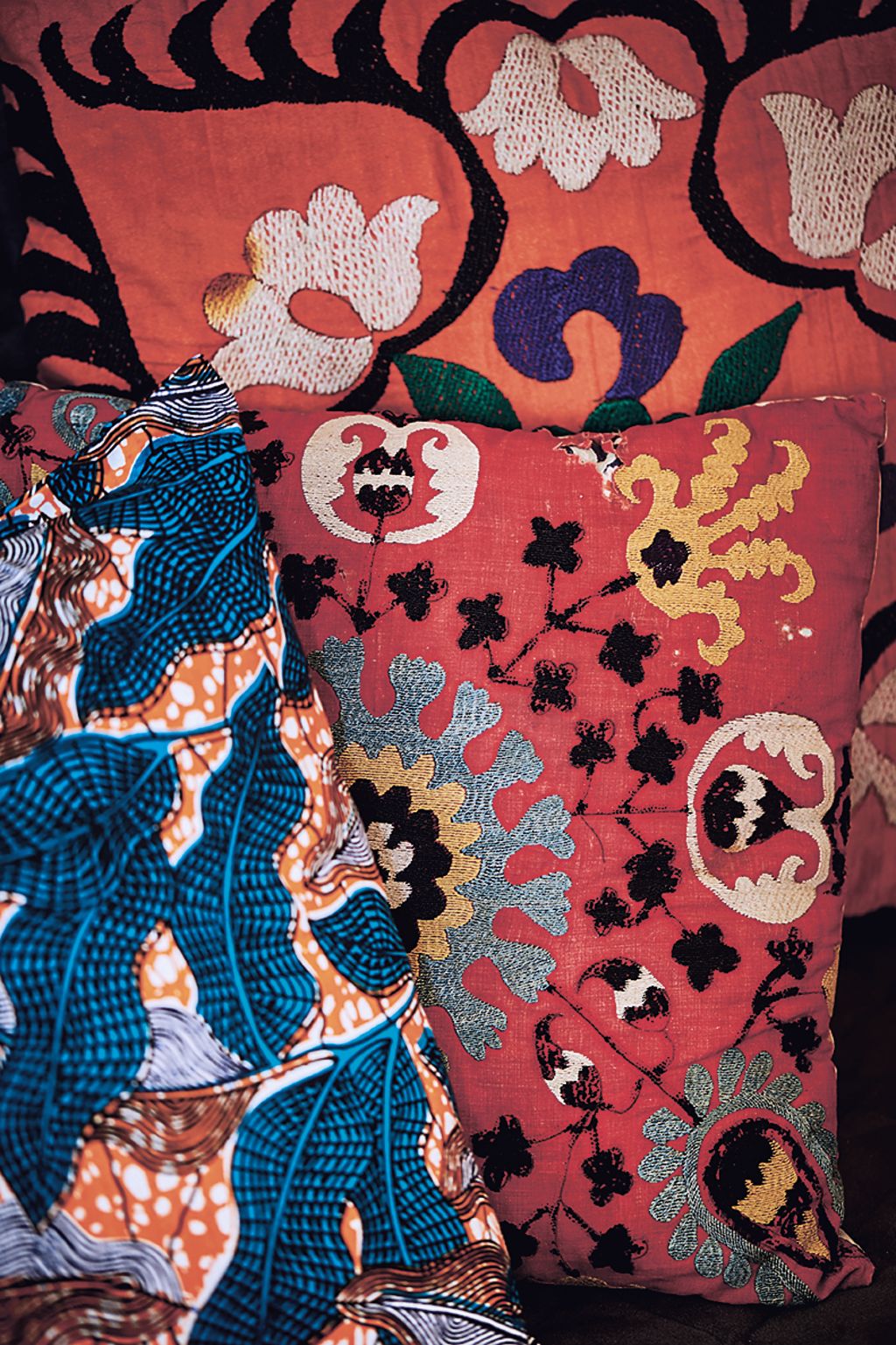
Colour considerations
These are not rules, but things to think about:
Get in tune with the colours to which you react positively. Recall places and moments that made you feel good, and create a mood board (digital or physical) that represents these memories. Take note of recurring colours and themes.
Adding colour to a room doesn’t have to mean you must paint the walls in vibrant hues. Colour can be added to a neutral-walled room through artworks, textiles and decor, and you can add as much or as little as you want.
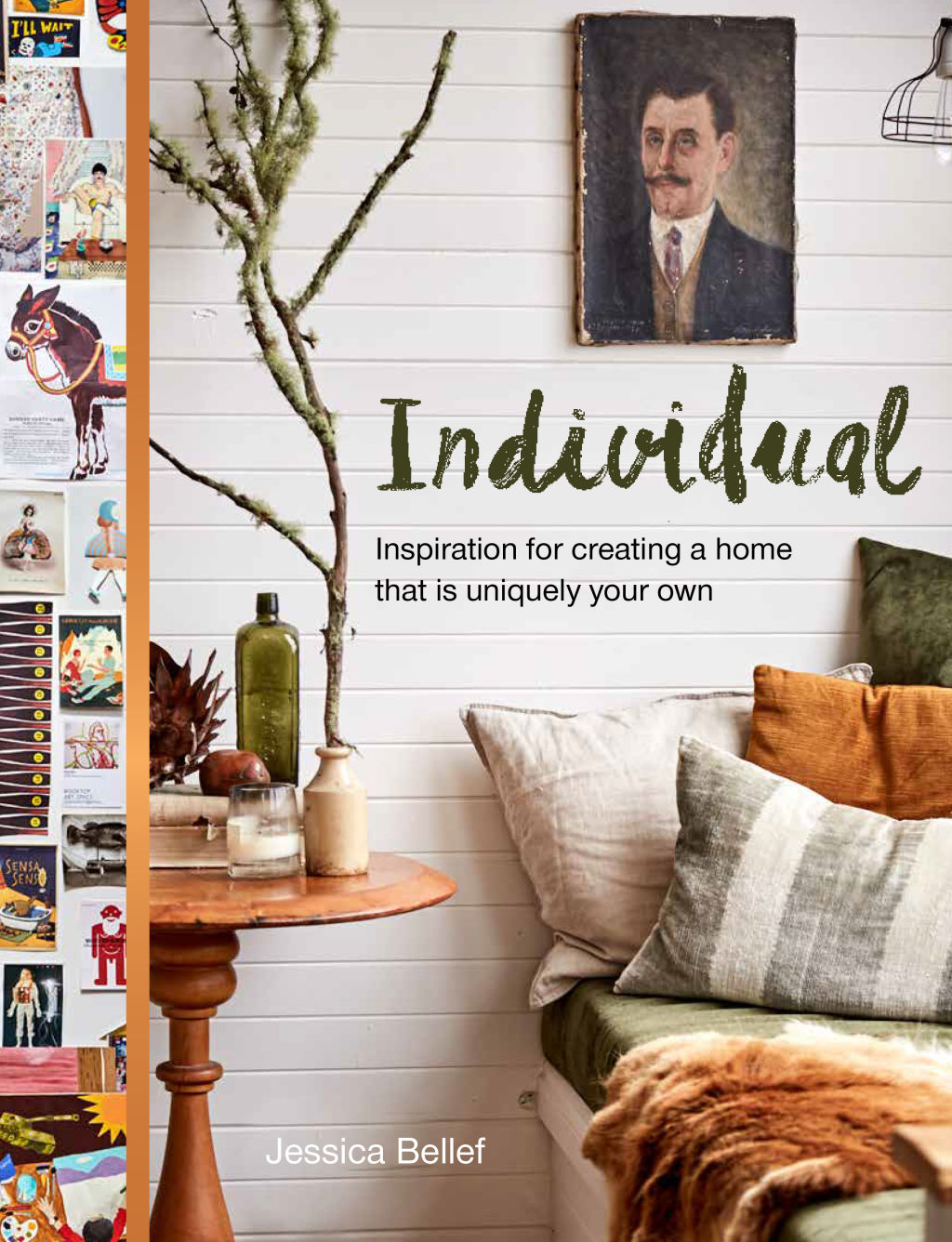
Know that you can have too much of a good thing. Overusing one colour in a space will either overwhelm you with its intensity or be so monotonous that you will find the space boring and flat. Play around with a mix of colours in a space until you find a balance that pleases you.
Understand that paint is temporary and decor is easily swapped out. There is no harm in trying new things, as “mistakes” can be erased swiftly.
Observe the scene outside your windows and the way the light works its way through the house. I love having a green quilt cover in my bedroom, as it connects the room to the treetops directly beyond the window, drawing the outside in and grounding me in nature.
Our preference for certain types of colour will evolve as we grow and advance through our life stages. Embrace these changes, and never stop experimenting with colour in your home.
Individual by Jessica Bellef, Murdoch Books RRP $49.99. On sale now.
We thought you might like
States
Capital Cities
Capital Cities - Rentals
Popular Areas
Allhomes
More

